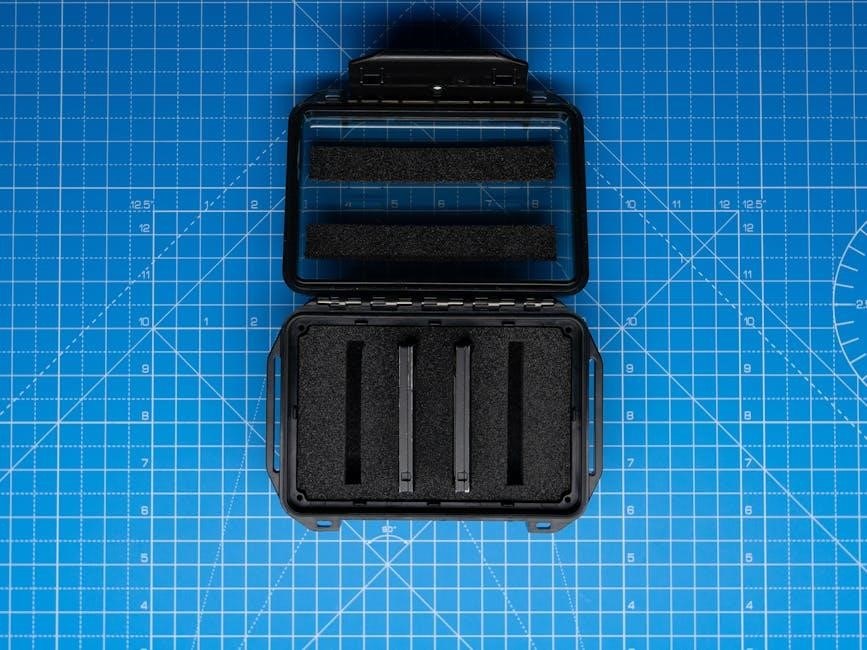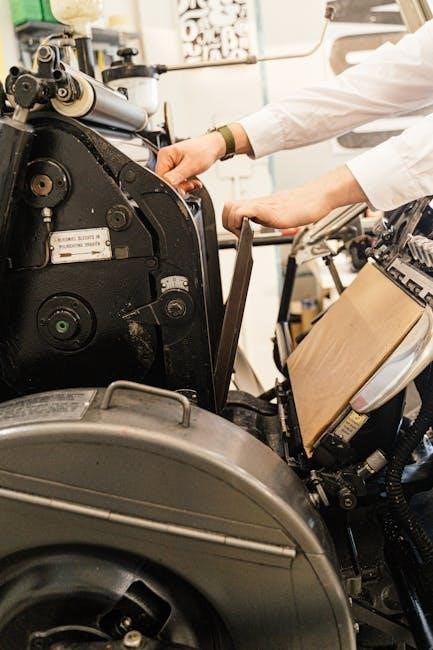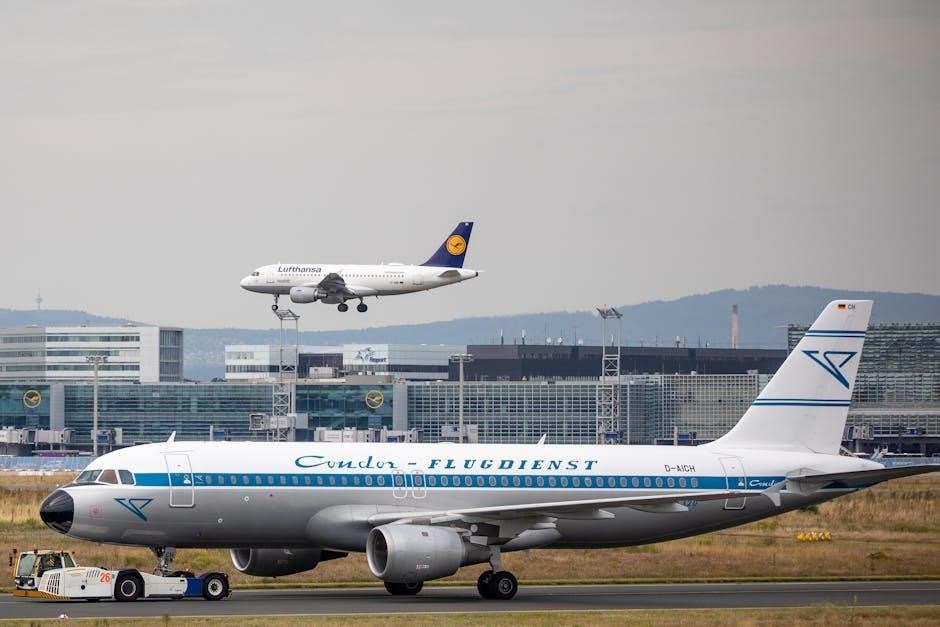Overview of MIL-STD-1553
MIL-STD-1553 is a military standard that specifies the characteristics of a serial data bus, providing a medium for data exchange between systems. This standard defines the electrical and protocol characteristics for a data bus, used to provide a medium for the exchange of data between systems. The MIL-STD-1553 standard is widely used in military and civilian applications, including aircraft, ships, and ground vehicles. The standard provides a common interface for the interconnection of devices, allowing for the exchange of data between systems. The use of MIL-STD-1553 enables the integration of multiple systems, reducing the complexity and cost of system development and maintenance. The standard is also used in a variety of applications, including command and control systems, communication systems, and navigation systems. Overall, MIL-STD-1553 is an important standard that provides a common interface for the interconnection of devices, enabling the exchange of data between systems. The standard is widely used and will continue to be supported for decades to come. MIL-STD-1553 is a critical component of many systems, providing a reliable and efficient means of data exchange.
Importance of MIL-STD-1553 in Military and Civilian Applications
The importance of MIL-STD-1553 in military and civilian applications cannot be overstated. This standard has been widely adopted in various industries, including aerospace, defense, and industrial automation. The use of MIL-STD-1553 enables the integration of multiple systems, reducing the complexity and cost of system development and maintenance. In military applications, MIL-STD-1553 is used in command and control systems, communication systems, and navigation systems. In civilian applications, it is used in industrial automation, medical devices, and transportation systems. The standard provides a common interface for the interconnection of devices, allowing for the exchange of data between systems. This enables real-time monitoring and control, improved system reliability, and reduced maintenance costs. Overall, the importance of MIL-STD-1553 lies in its ability to provide a reliable and efficient means of data exchange, enabling the development of complex systems that are critical to various industries. The standard continues to play a vital role in the development of new systems and applications. Its importance is evident in its widespread adoption.

MIL-STD-1553 Tutorial and Reference
History and Development of MIL-STD-1553
The history of MIL-STD-1553 dates back to the 1970s, when the US Department of Defense established a need for a standard serial data bus for military applications. This standard was developed to provide a common interface for various systems, allowing for easier integration and communication between different devices. The development of MIL-STD-1553 involved the collaboration of several government agencies, contractors, and industry experts. Over the years, the standard has undergone several revisions, with the most recent version being MIL-STD-1553B. The development of this standard has had a significant impact on the military and civilian aviation industries, enabling the creation of more complex and sophisticated systems. The use of MIL-STD-1553 has also expanded to other fields, such as space exploration and industrial automation. Today, MIL-STD-1553 remains a widely used and respected standard, with a large community of developers and users. The standard continues to evolve, with new applications and technologies being developed to support its use.
Applications and Use of MIL-STD-1553
MIL-STD-1553 is widely used in various applications, including military and civilian aviation, space exploration, and industrial automation. The standard is commonly used in flight control systems, navigation systems, and communication systems. It is also used in the development of unmanned aerial vehicles, missiles, and other military equipment. In addition, MIL-STD-1553 is used in the automotive and aerospace industries for the development of advanced systems, such as autonomous vehicles and spacecraft. The standard’s ability to provide a reliable and efficient means of data transfer has made it a popular choice for many applications. Many companies, including Condor Engineering, provide solutions and products that support the use of MIL-STD-1553. These solutions include hardware and software tools, such as data bus analyzers and simulators, that enable developers to design, test, and integrate MIL-STD-1553-based systems. Overall, the use of MIL-STD-1553 has become an essential part of many industries, enabling the creation of complex and sophisticated systems. Its applications continue to expand, driving innovation and advancement in various fields.

Condor Engineering Solutions for MIL-STD-1553
PCI-1553 High Performance and Intuitive Software Solutions
Support for MIL-STD-1553A/B and MacAir Protocols
Condor Engineering’s solutions provide support for MIL-STD-1553A/B and MacAir protocols, ensuring compatibility with a wide range of systems and applications. The MIL-STD-1553A/B protocol is a widely used standard in military and aerospace applications, and Condor Engineering’s support for this protocol enables users to develop and test systems that meet these standards. The MacAir protocol is also supported, providing users with flexibility and options for their system development. With support for these protocols, users can ensure that their systems are compatible with existing infrastructure and can communicate effectively with other systems. The support for MIL-STD-1553A/B and MacAir protocols is an important feature of Condor Engineering’s solutions, and it enables users to develop and test systems that meet the required standards. This support is provided through intuitive and user-friendly software, making it easy for users to develop and test their systems. Overall, the support for MIL-STD-1553A/B and MacAir protocols is a key aspect of Condor Engineering’s solutions.

MIL-STD-1553 Data Bus Structure
Interconnection of Remote Terminal Devices
Controller Device and Command/Response Communication

